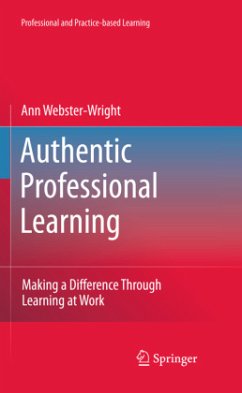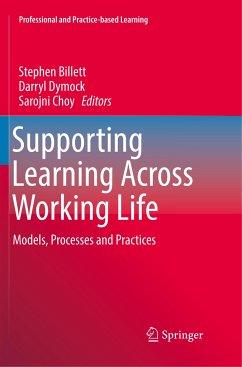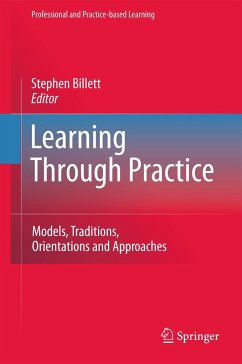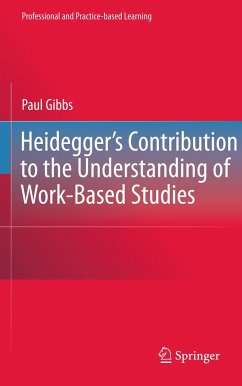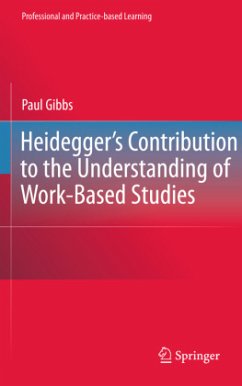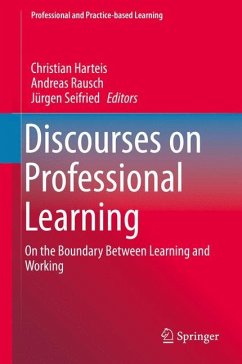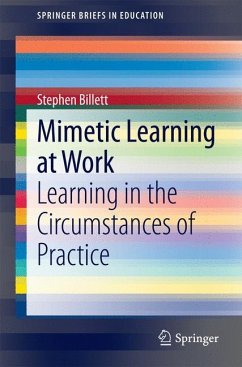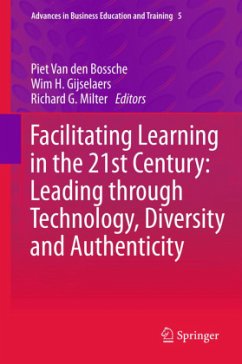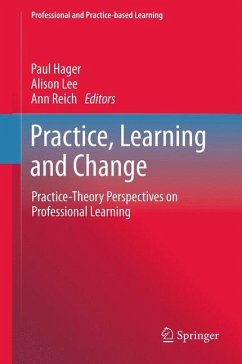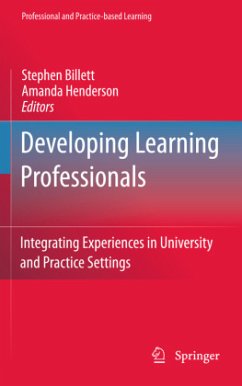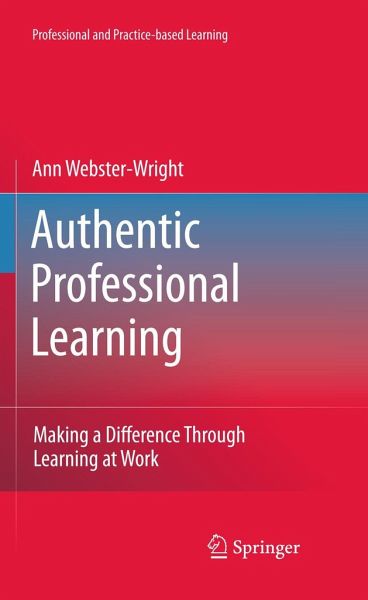
Authentic Professional Learning
Making a Difference Through Learning at Work
Versandkostenfrei!
Versandfertig in 6-10 Tagen
113,99 €
inkl. MwSt.
Weitere Ausgaben:

PAYBACK Punkte
57 °P sammeln!
There is considerable and growing interest in professionals learning across their working lives. The growth in this interest is likely premised upon the increasing percentage of those who are being employed under the designation as professi- als or para-professional workers in advanced industrial economies. Part of being designated in this way is a requirement to be able to work autonomously and in a relatively self-regulated manner. Of course, many other kinds of employment also demand such behaviours. However, there is particular attention being given to the ongoing development of workers wh...
There is considerable and growing interest in professionals learning across their working lives. The growth in this interest is likely premised upon the increasing percentage of those who are being employed under the designation as professi- als or para-professional workers in advanced industrial economies. Part of being designated in this way is a requirement to be able to work autonomously and in a relatively self-regulated manner. Of course, many other kinds of employment also demand such behaviours. However, there is particular attention being given to the ongoing development of workers who are seen to make crucial decisions and take actions about health, legal and ?nancial matters. Part of this attention derives from expectations within the community that those who are granted relative autonomy and are often paid handsomely should be current and informed in their decisi- making. Then, like all other workers, professionals are required to maintain their competence in the faceof changing requirements for work. Consequently, a volume that seeks to inform how best this ongoing learning can be understood, supported and assisted is most timely and welcomed. This volume seeks to elaborate professional learning through a consideration of the concept of authentic professional learning. What is proposed here is that, in contrast to programmatic approaches towards professional development, the process of continuing professional learning is a personal, complex and diverse process that does not lend itself to easy prescription or the realisation of others' intents.





